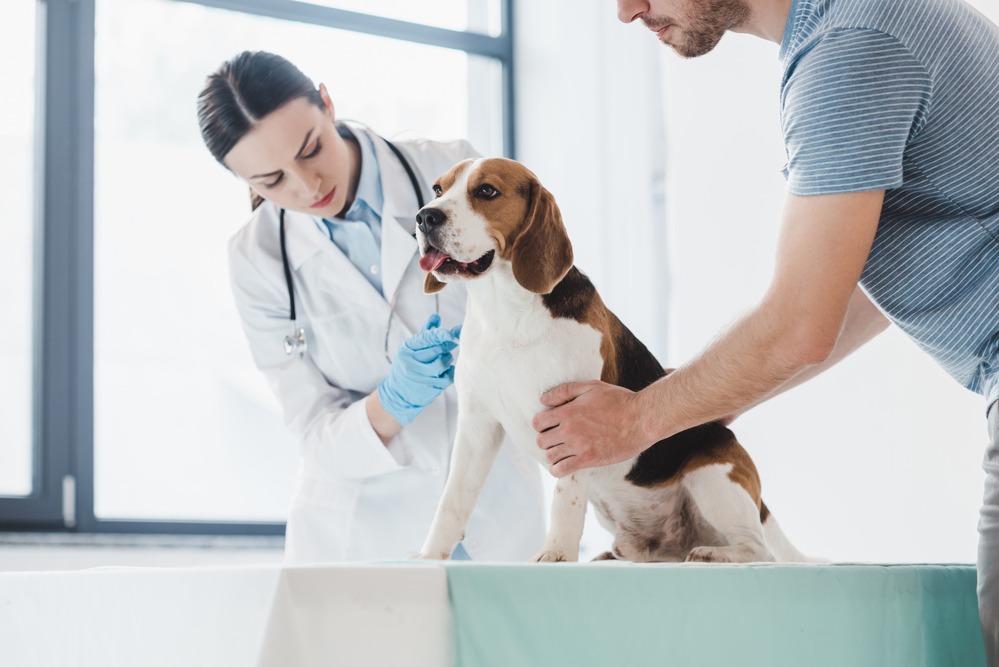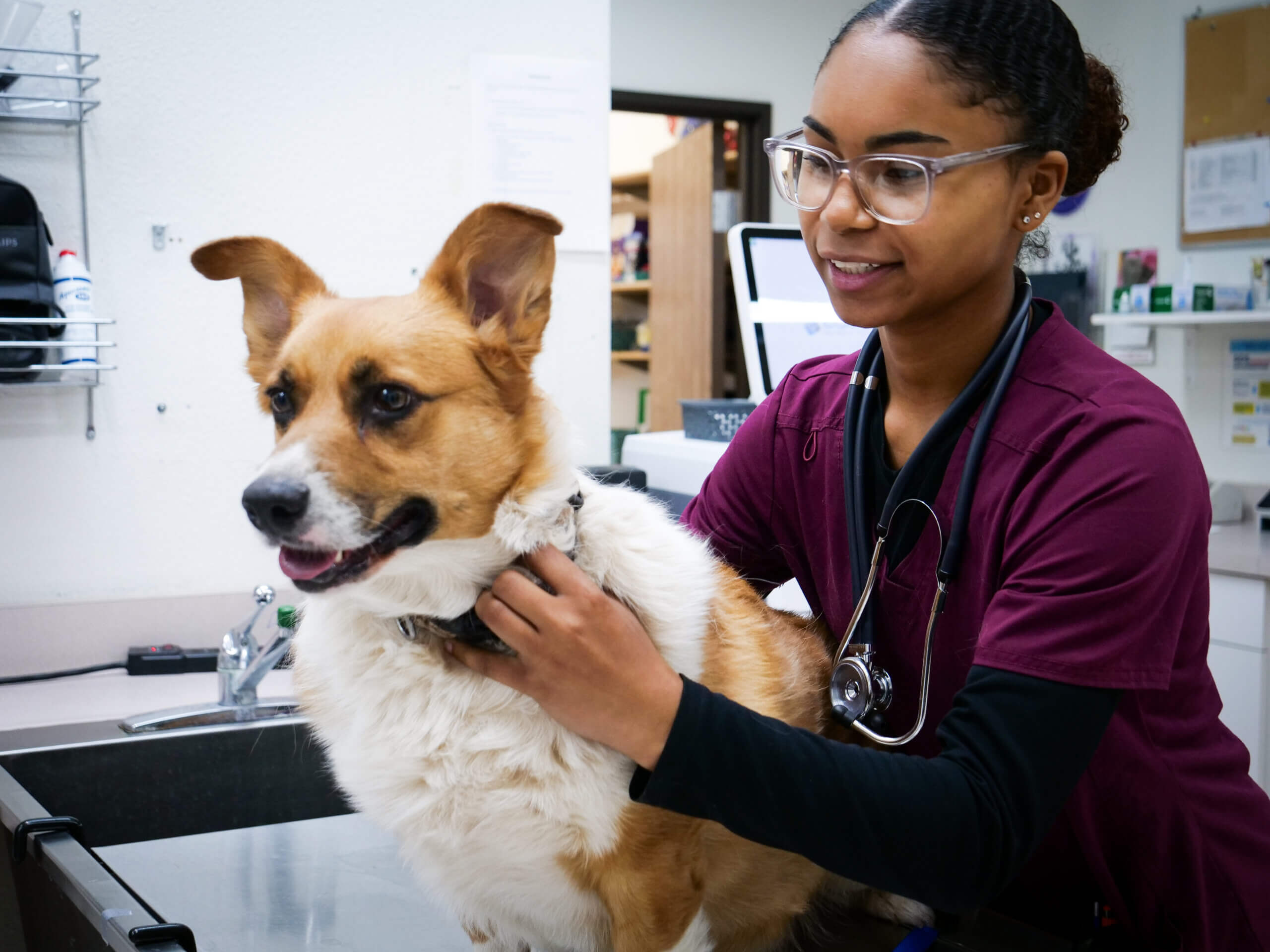All Regarding Veterinarian Surgical Procedure: Understanding the Relevance of Professional Treatment for Your Animals
Veterinary surgical procedure is an essential component of pet dog health care. It encompasses different procedures, from regular elective surgical treatments to immediate interventions. Comprehending the details of these surgical treatments can help pet dog owners make educated decisions. The preparation, implementation, and recuperation stages are necessary for ensuring the wellness of pets. With correct expertise, owners can browse the complexities of vet care. What aspects should be thought about prior to a family pet goes through surgical procedure?
Kinds of Veterinarian Surgeries
When an animal needs surgical treatment, comprehending the numerous sorts of vet surgeries can assist animal owners make notified decisions. Vet surgical treatments can be extensively classified right into three main kinds: elective, immediate, and emergency situation surgical procedures. Elective surgeries, such as spaying or neutering, are planned treatments that are not instantly lethal. Urgent surgeries, like those for foreign body elimination, need to be executed quickly but are not serious in the minute. Emergency situation surgical procedures, such as those addressing serious injury or internal blood loss, are essential and call for instant attention.Additionally, surgical treatments can vary in complexity, varying from minimally invasive laparoscopic procedures to a lot more comprehensive open surgeries. Each sort of surgery lugs its very own risks and recovery procedures. Comprehending these categories permits family pet owners to take part in significant conversations with veterinarians, causing better end results for their cherished animals.
Planning for Your Animal's Surgical treatment
Planning for a family pet's surgery includes an extensive checklist to ensure all fundamentals are covered. Effective interaction with the veterinarian is crucial for understanding the procedure and any essential pre-operative steps - veterinary cardiologist near me. Furthermore, having clear post-operative treatment guidelines will certainly help owners supply the most effective assistance for their recouping animals
Pre-Surgery List Fundamentals
Guaranteeing a smooth medical experience for a pet calls for careful preparation and interest to detail. A pre-surgery list is essential for family pet proprietors to comply with. First, validating the set up surgery day and time is important. Owners must likewise validate that their family pet has fasted according to the veterinarian's directions, typically for 8-12 hours before surgery. Collecting necessary clinical documents, including vaccination history, is important for the veterinarian's evaluation. It is also recommended to prepare a comfy space at home for the pet dog's recovery after surgical procedure. Ultimately, proprietors need to have a strategy for transport to and from the veterinary clinic, ensuring that the pet dog is protected and comfy throughout the journey. Following these actions can significantly improve the medical experience.
Connecting With Your Veterinarian

Reliable interaction with the veterinarian is necessary for an effective medical experience for pets. Proprietors should be prepared to review their animal's case history, consisting of any type of pre-existing problems, medicines, and allergic reactions. This information helps the veterinarian analyze threats and customize the surgical plan as necessary. Furthermore, pet dog proprietors need to ask inquiries concerning the procedure, anesthetic, and expected outcomes to guarantee they completely recognize the process. Clarifying any type of questions can alleviate anxiousness for both the pet and the proprietor. It is also important to communicate any type of behavioral changes or concerns observed in the pet dog leading up to the surgical procedure. Ultimately, clear dialogue promotes depend on and partnership, making sure that animals obtain the very best possible treatment throughout their surgical trip.
Post-Operative Care Directions
After discussing the procedure with the veterinarian, family pet proprietors must concentrate on post-operative care guidelines to promote a smooth healing for their pets. These instructions typically include keeping track of the surgical site for indicators of infection, such as inflammation or discharge. Animals might need to be kept calm and constrained to avoid extreme movement that might interfere with recovery. Pain administration is important, so proprietors should comply with the veterinarian's assistance on administering medicines. Furthermore, dietary restrictions may be recommended to avoid gastrointestinal trouble. Routine follow-up appointments are important to assure correct recovery and address any kind of problems. By sticking to these post-operative treatment directions, family pet proprietors can greatly add to their pet's recovery and general well-being.
The Surgery Explained
The medical procedure for pets incorporates vital steps that guarantee their safety and security and recovery. Pre-surgery preparations are essential for lessening risks, while post-operative care guidelines play an important duty in advertising recovery. Comprehending these components helps pet proprietors browse the surgical experience much more effectively.
Pre-Surgery Preparations
Before a pet dog undertakes surgical treatment, a number of vital prep work must take location to guarantee a secure and why not find out more successful treatment. Initially, a comprehensive veterinary evaluation is crucial to assess the animal's general health and wellness and recognize any kind of prospective threats. This might include blood examinations, imaging, or various other diagnostics. The vet will certainly additionally review anesthesia options customized to the pet dog's details requirements. Furthermore, pet owners are generally advised to withhold food and water for a defined time prior to surgical procedure to reduce the danger of complications during anesthetic. It's important for owners to offer a full case history, including any type of medicines or allergic reactions, guaranteeing the medical team has all required information. Correct communication go to my site and adherence to pre-surgery standards can greatly boost the result of the procedure.
Post-Operative Treatment Guidelines
Correct post-operative care is vital for guaranteeing a pet dog's recovery following surgical treatment. After the procedure, pet dogs ought to be kept an eye on closely for any type of indicators of complications, such as extreme blood loss, swelling, or uncommon habits. It is very important to adhere to the vet's guidelines regarding medicines, including pain reducers and anti-biotics. Pet dogs must be kept in a quiet, comfortable environment to reduce stress and promote recovery. Limiting task is crucial; short, leashed strolls may be necessary, but leaping or running must be stayed clear of. Routine follow-up visits need to be scheduled to examine the recovery procedure. Furthermore, the medical site should be maintained tidy and completely dry, with any type of indications of infection reported to a vet quickly. Following these guidelines enhances recuperation results.
Anesthesia and Discomfort Administration
Effective anesthetic and discomfort administration are important components of veterinary surgical procedure, guaranteeing that family pets stay comfy and secure throughout the procedure. Vets assess each animal's specific requirements, considering aspects such as age, weight, wellness standing, and the sort of surgical procedure being performed.Anesthesia methods typically include a combination of pre-anesthetic medications, induction representatives, and inhalant anesthetics, enabling precise control over the animal's degree of consciousness. Tracking throughout surgical treatment is critical; vets continually observe essential indicators to deal with any kind of potential problems promptly.Pain monitoring techniques might involve opioids, non-steroidal anti-inflammatory medications (NSAIDs), and local anesthetics, tailored to the pet dog's details scenario. This diverse approach aids lessen discomfort and advertises a smoother surgical experience. By prioritizing effective anesthesia and discomfort monitoring, veterinary professionals improve the total welfare of pet dogs going through operations, ensuring they get the greatest requirement of care.
Post-Operative Treatment and Healing
Complying with surgical treatment, the focus changes to post-operative care and recuperation, which is necessary for making sure an animal's secure go back to normal activities. During this period, animals need a peaceful, comfortable atmosphere to aid healing. Owners ought to carefully monitor their pets for any indicators of pain or uncommon behavior.Veterinary standards typically include particular directions associated with drug administration, wound treatment, and dietary adjustments. It is essential to follow these referrals to minimize difficulties and promote healing. Pet dogs might need to be restricted from vigorous tasks, such as running or leaping, during their recovery period (tplo surgery).Regular follow-up consultations with the vet enable tracking of the pet dog's progress and timely changes to the care plan. Offering emotional assistance and friendship can also improve an animal's recovery experience, assisting to alleviate stress and anxiety and anxiety. Overall, persistent post-operative treatment plays a considerable role in attaining a successful healing
Acknowledging Complications After Surgical Procedure
Exactly how can pet dog proprietors recognize difficulties after surgical treatment? Awareness of details indications is important for making sure the health of family pets throughout recuperation. Common signs include too much swelling, inflammation, or discharge at the medical site, which may signify infection. Additionally, consistent pain, shown by whimpering or reluctance to relocate, ought emergency hospital for dogs to motivate instant focus. Adjustments in hunger or water consumption can additionally show issues; a decrease in these habits might signal discomfort or distress.Moreover, pet dog owners need to check their family pets for any type of unusual actions, such as lethargy or trouble breathing, as these can be indications of severe concerns. Vomiting or diarrhea complying with surgical treatment might call for immediate vet analysis. Identifying these complications early can substantially influence a pet's recuperation procedure, emphasizing the importance of vigilance and punctual communication with a veterinarian for any kind of concerning symptoms.
The Function of Veterinary Professionals in Surgical Care
Vet professionals play a crucial role in making certain the safety and success of surgical treatments for pet dogs, specifically following surgical treatment when keeping an eye on and care are critical. These professionals consist of veterinarians, veterinary professionals, and assistance personnel, all of whom add specialized abilities to the surgical process.Before surgical treatment, veterinarians carry out thorough evaluations to evaluate the animal's health and wellness, making certain that any kind of hidden conditions are handled. During the procedure, the surgical team provides anesthesia, keeps sterile settings, and keeps track of essential indicators, all crucial for reducing risks.Post-operative treatment is similarly substantial; veterinary specialists observe for problems, take care of pain, and overview proprietors on healing techniques. Their experience enables them to identify very early signs of distress or infection, ensuring prompt treatment. Ultimately, the collaborative initiatives of veterinary specialists in medical care cultivate a risk-free environment, advertising the wellness of animals throughout the medical trip.

Frequently Asked Concerns
How Do I Select the Right Vet Cosmetic Surgeon for My Pet dog?
Picking the ideal vet cosmetic surgeon involves looking into certifications, reading evaluations, and examining the clinic's atmosphere. It is crucial to reflect on the specialist's experience with particular procedures and their interaction design when choosing.
What Prevail Misconceptions Regarding Veterinarian Surgeries?
Usual misunderstandings concerning veterinarian surgeries include ideas that they are constantly high-risk, unneeded, or only for emergencies. Lots of pet dog proprietors underestimate the benefits of precautionary procedures and the skill entailed in veterinary surgical care.
Just How Much Will My Animal's Surgical treatment Price?
The price of a pet's surgical treatment can differ substantially based upon factors such as the sort of procedure, the veterinarian's experience, and geographical area (emergency vet bellingham). Commonly, expenditures vary from a couple of hundred to several thousand bucks

Can My Pet Eat Prior To Surgical Treatment?
Before surgical treatment, it is typically recommended that animals avoid eating for a specific duration. This fasting aids minimize the risk of difficulties throughout anesthesia. Proprietors ought to consult their vet for specific guidelines tailored to their pet's requirements.
What if My Pet Dog Has Pre-Existing Health And Wellness Conditions?
When a family pet has pre-existing health problems, it's vital for the vet to assess these aspects prior to surgical treatment. This evaluation assurances appropriate precautions are taken, decreasing dangers and maximizing the pet dog's general security during the treatment.